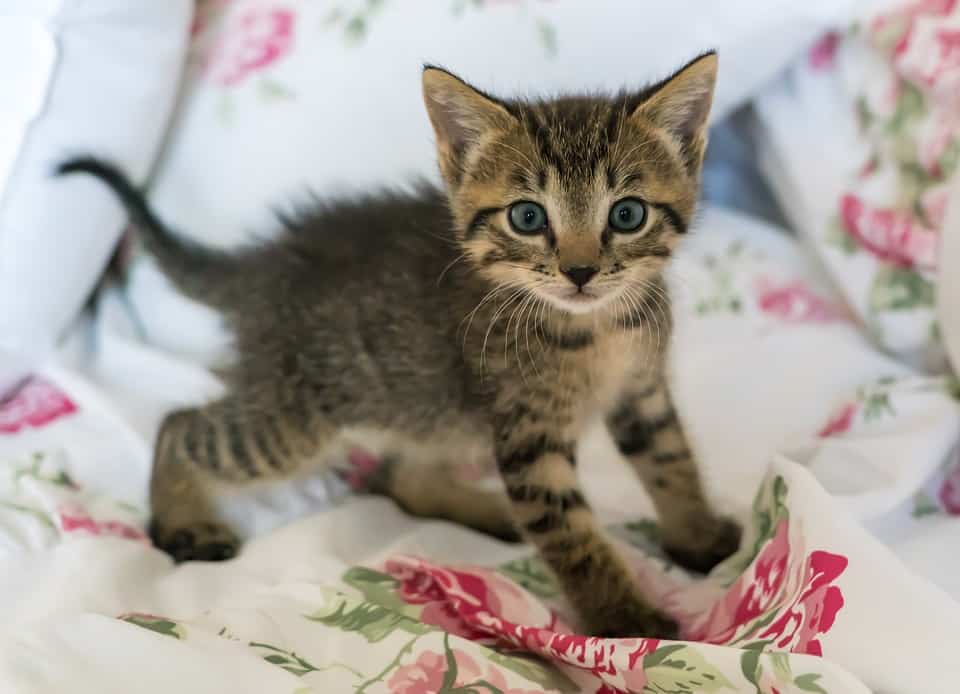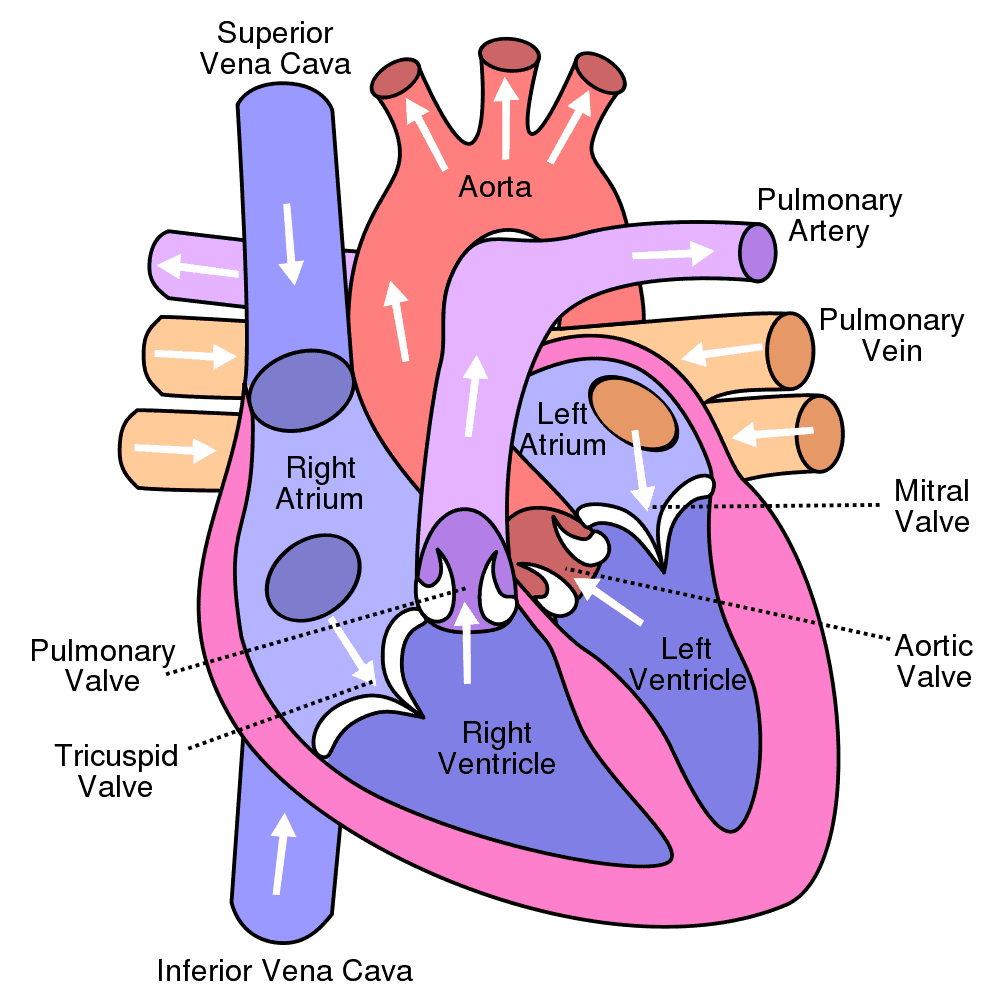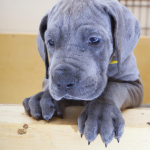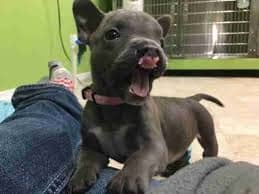
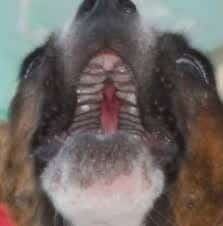
Congenital clefts in the palate or lip are birth defects that puppies and kittens can get in the tissues connecting parts of the mouth. Human babies also get them. These cleft defects happen when the roof of the mouth does not close correctly before the baby is born.
Cleft lip is a defect of the lips, underlying bone, and/or front area of the roof of the mouth, also known as a hard palate. Oftentimes, part of the lip will be missing or misshapen. Sometimes, one or both nostrils appear to connect directly to the mouth. Cleft lip may also be called a harelip because the face appears similar to that of a hare’s.
Cleft palate is a malformation or disconnection of the tissues that form the roof of the mouth. The soft palate towards the back of the mouth can be involved. A hole may be in the palate because the tissues never fully connected to each other while the fetus was developing. Severe palate defects result in holes from the palate that connect directly to the nasal passages.
The big problem with a cleft lip or palate is that it is difficult, if not impossible, for the affected puppy or kitten to latch on properly to a nipple and therefore they cannot eat properly. Depending on the severity of the cleft, the infant may not be able to get sufficient nourishment at an age where lack of nutrition can completely compromise the infant’s health and ability to grow.
Causes
Many conditions and issues can cause cleft defects. Congenital clefts can be an inherited birth defect; genes may be passed from the mother or father to the developing fetus. Because of this, pets with a cleft lip or cleft palate should not be bred as they have a high likelihood of passing on the cleft genes to their offspring.
Occasionally there are other causes, such as trauma during fetal development. During pregnancy, too little folic acid or too much vitamin A given to the mother can result in cleft defects, although that is rare. Many medications, if given to a pregnant cat or dog, may also cause cleft birth defects. These include steroids such as prednisone, aspirin, anti-seizure drugs, and griseofulvin. Certain viral infections or illnesses can lead to congenital clefts in puppies and kittens if the mother is sick while pregnant. Luckily, most of these issues are rare.
Signs
Signs are not always obvious, especially if the defect is minor. An abnormal appearance to the lip may be visible, or you may not even see any problems because they are so far back in the mouth. Animals with severe defects where the mouth connects to the nose may have nasal discharge. Milk, saliva, and/or food may come out of the nose during or after feeding. If food material gets lodged in the nasal passage way, nasal discharge may be green or mucus-like.
In addition to signs of cleft, signs of complications can be seen at home. If the cleft connects with the nasal cavity, the puppy or kitten may cough when trying to eat or drink. Pneumonia can occur due to cleft palates or cleft lips: trouble chewing and properly swallowing food can lead to food or milk in the lower airways and lungs instead of the stomach. Pneumonia will also result in coughing as well as trouble breathing.
For those who appear to eat well enough on their own, poor growth, decreased activity level, and slow development may result from not getting enough nutrition.
Diagnosis
Your veterinarian will do a thorough physical examination. Sedation is sometimes needed for a good look in the mouth. If the pet has symptoms of pneumonia, X-rays and lab work may be needed. If surgery is planned, advanced imaging, such as computed tomography (CT) or magnetic resonance imaging (MRI) scans, may be necessary but that is rare.
Treatment
Cleft lips that do not connect the mouth directly to the nose can be left alone if they do not cause any symptoms. However, for those with symptoms, surgery is usually needed. Without surgery, food can get stuck in the malformed areas, leading to serious infections. In severe cases, pets with cleft palates can’t eat or swallow properly, and will become ill from lack of nutrition.
Unfortunately, surgery is costly, and multiple attempts may be needed to close the defect.
Most surgeons recommend waiting until the puppy or kitten is older and strong enough to handle anesthesia, if the pet can wait that long. If surgery is delayed, tube feeding (either through a tube inserted into the back of the mouth, through the nose, or directly into the stomach) may be necessary to help keep up with the growing baby’s nutritional needs. Treatment for associated respiratory diseases may require hospitalization where the infant can get IV fluids and IV or oral antibiotics.
Prognosis
If a pet has no signs, it may survive and live on to be a healthy adult.
Improvement from surgery is not guaranteed, and chances of survival are decreased if the pet is sick or if the symptoms are severe.
If you are a breeder, call your veterinarian for a checkup if you notice your puppies or kittens have a facial deformity, have trouble drinking milk, cough or spit up frequently, or do not thrive like the rest of the litter. Also call your veterinarian if you see similar signs in your new puppy or kitten. Early intervention can prevent some of the issues associated with clefts such as infections and may help improve your pet’s chances for a healthy outcome.
